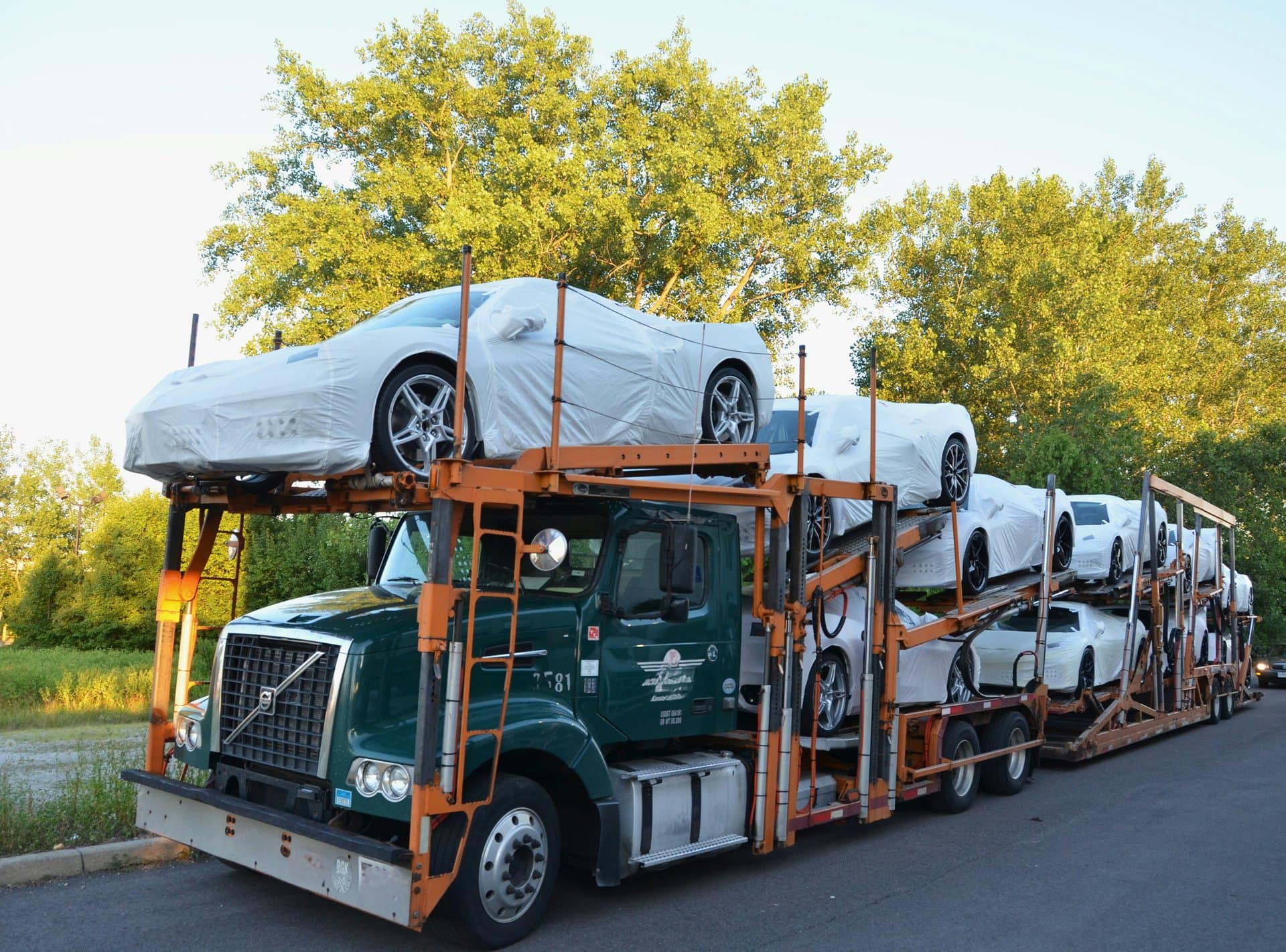Navigating the U.S. Automotive Tariff Haze: 5 Key Trade Insights
Explore how ongoing U.S. automotive tariffs reshape global auto trade flows, disrupt shipping schedules, and challenge automakers, with actionable strategies to steer through tariff uncertainty.

Key Takeaways
- U.S. automotive tariffs remain unsettled, causing trade flow disruptions
- Higher tariffs inflate costs, forcing automakers to pause or reroute exports
- Ro-Ro carriers face volatile volumes and contract uncertainties
- Content certification complexities add friction to shipping and customs
- Bilateral deals and policy shifts keep the tariff landscape fluid

Imagine steering a massive car carrier through foggy waters—this is the reality for Europe’s auto exporters navigating the U.S. tariff haze. Despite a July trade deal setting a 15% tariff on European cars, the absence of an executive order means the old 27.5% levy still looms, leaving giants like BMW and Volvo in limbo. This tariff uncertainty ripples through global supply chains, reshaping shipping schedules, pricing, and production plans. From halted exports to jolted dealer inventories, the automotive world is caught in a tariff storm that refuses to clear. This article unpacks five key insights into how these tariffs disrupt trade flows and what industry players are doing to adapt.
Understanding Tariff Uncertainty
Picture this: Europe’s top carmakers like BMW and Mercedes-Benz are ready to ship their vehicles to the U.S., but the tariff rules keep changing like shifting traffic lights. After President Trump raised tariffs to 27.5%, a July trade deal promised a cut to 15%, yet the new rate hasn’t kicked in because no executive order has been signed. Wallenius Wilhelmsen’s CEO Lasse Kristoffersen sums it up: neither shippers nor customers know the exact tariff level. This uncertainty is like driving blindfolded, forcing companies to hold back shipments or scramble to adjust plans.
This haze isn’t just a bureaucratic headache; it tangibly disrupts trade flows. Earlier in the year, carmakers rushed to ship before the tariff hike, but by the second quarter, they hesitated, holding back volumes before gradually increasing shipments again. The lack of clarity on tariff implementation timing and scope means automakers can’t confidently plan production or logistics, leaving the entire supply chain in a state of flux.
Facing Cost Shocks Head-On
Tariffs aren’t just numbers on paper—they translate into thousands of dollars added per vehicle, reshaping the economics of auto trade. Cox Automotive’s estimates reveal a staggering $8,500 tariff burden per European import and about $4,000 for Korean cars. Imagine adding that to the sticker price; it’s no wonder some cross-border flows suddenly look uneconomical.
This cost shock doesn’t stop at imports. Because no car is 100% domestic, tariffs on parts ripple through U.S.-built vehicles too, adding roughly $4,711 per vehicle due to foreign content. Automakers like GM and Ford have already reported billions in tariff-related costs, squeezing margins and forcing tough choices. The price tag isn’t just a line item—it’s a strategic game-changer that forces pauses, plant idlings, and rethinking where and how cars are built and shipped.
Disrupting Shipping and Trade Flows
The ripple effects of tariffs hit the decks of Ro-Ro carriers hard. When Jaguar Land Rover and Audi paused exports, and Stellantis idled plants in Canada and Mexico, the usual steady stream of vehicles onto ships slowed to a trickle. Carriers faced irregular volumes, blank sailings, and route changes, turning their schedules into a complex puzzle.
Moreover, the new tariffs flipped the economics of Mexico-to-U.S. moves, pressuring nearshoring strategies that once promised cost savings. This disruption reshapes not only ocean routes but also inland logistics—rail, truck, and port operations all feel the squeeze. Add to this the administrative headache of certifying USMCA content at the shipment level, and you have a supply chain juggling compliance and cost in a high-stakes balancing act.
Adapting Logistics Strategies
In the face of tariff turbulence, automakers and shippers are recalibrating their playbooks. Diversifying production origins between North America, Europe, and Asia helps spread tariff risk, redistributing demand across Atlantic and trans-Pacific routes. Some are leaning into short-sea moves within North America to sidestep costly tariffs.
Building buffers for compliance is another smart move. Extra lead time for content certification and customs processing helps avoid costly delays, while ports may need more yard space to handle uneven arrivals. Contracts are evolving too—shorter durations and tariff pass-through clauses offer flexibility to absorb or shift costs as policies evolve. Scenario planning is becoming a must-have, helping companies prepare for sudden export pauses or tariff expansions.
Watching the Tariff Horizon
The tariff haze isn’t lifting anytime soon. Key uncertainties remain around formalizing USMCA content certification and potential expansions to additional parts categories. These factors will dictate customs friction and landed costs, influencing trade flows.
OEM production reallocations in North America could rebalance Mexico-U.S. shipments, reshaping port pairings and carrier deployment. Earnings reports revealing how much tariffs are absorbed versus passed to consumers will signal the sustainability of high-tariff lanes. Meanwhile, dealer inventories are normalizing as pre-tariff stock clears, setting the stage for new pricing and demand patterns. For shippers and automakers, staying alert to these developments is crucial to navigating the evolving landscape.
Long Story Short
The U.S. automotive tariff haze is more than a policy puzzle—it’s a real-world challenge reshaping how cars cross oceans and borders. Automakers and shippers face a shifting maze of costs, certifications, and bilateral deals that keep volumes unpredictable and contracts fluid. For industry players, the path forward demands flexibility: diversifying production origins, building buffers for compliance, and scenario planning for sudden shifts. Consumers and dealers will feel the ripple effects in pricing and availability as pre-tariff inventories clear. While the fog of tariff uncertainty persists, those who adapt with agility and foresight will navigate these choppy waters best. The relief of clear rules and stable flows can’t come soon enough, but until then, the automotive trade remains a high-stakes game of patience and strategy.